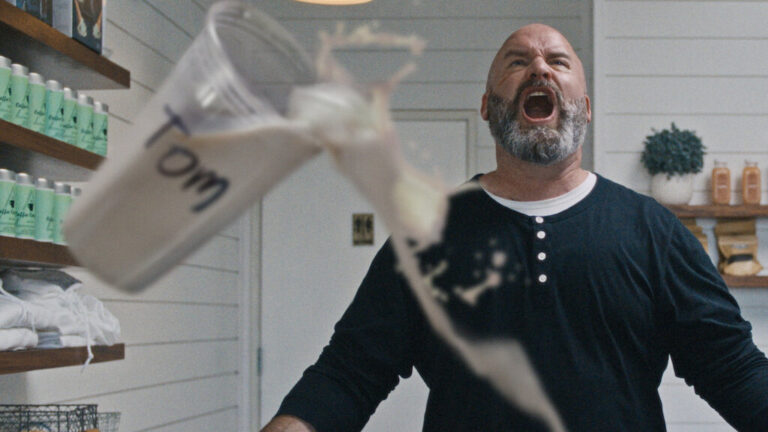Tourbillon watches have always been considered a prized possession, with their intricate mechanism being a symbol of high-end watchmaking. While originally developed in the 18th century for pocket watches with the aim of combating the effects of gravity on timekeeping accuracy, nowadays, the tourbillon has evolved into a showcase of craftsmanship, high-end engineering, and visual artistry. Once reserved for the ultra-wealthy, the good news is that you can now find tourbillon watches at a range of price points. Here are five tourbillon watches perfect for collectors of all levels.
Lenvino Tour Collection 02
- Approx. Price: ~$900
- Country: Hong Kong
- Movement: Seagull TY800 Flying Tourbillon
- Power Reserve: 40 hours
- Case Size: 43 mm
- Material: Stainless Steel
The Lenvino Tour Collection 02 is one of the most affordable ways to experience a mechanical tourbillon. While it uses the Chinese-made Seagull TY800 movement, the watch itself is designed and assembled in Hong Kong and has gained global attention for offering impressive value.
It has a clean and minimalist dial with an open tourbillon at 6 o’clock. The skeletonized alpha hands and Arabic numerals offer solid legibility. The 43mm case is polished and suits a variety of wrist sizes
Though purists may seek European watches, it’s hard to argue with the value proposition here. For first-time buyers or collectors wanting a budget tourbillon piece, Lenvino delivers.
Tufina Lugano Tourbillon
- Approx. Price: ~$3,900
- Country: Germany
- Movement: GMT Tourbillon, 20 Jewels
- Power Reserve: 72 hours
- Case Size: 44 mm
- Material: Gold-Plated 316L Stainless Steel
Now we’ve entered luxury territory. The Lugano Tourbillon by Tufina, from their Theorema Germany sub-brand, represents a refined approach to more accessible luxury, offering both mechanical artistry and functionality. Hand-assembled in Germany, this tourbillon brings together classic and traditional European design with utility-focused technical features.
It has a visible tourbillon mechanism at 6 o’clock, which, together with the distinctive open-heart window, represents the central element of the design. A tourbillon that’s also equipped with a dual time zone (GMT) display and sun/moon phase indicator. A mix of Roman and Arabic numerals achieves maximal legibility, while the band is a real treat to all leather fanatics.
Housed in a high-grade 316L stainless steel case, finely finished, this 44mm case model has a strong presence. Sapphire crystal covers both the front and exhibition case back, offering durability and clarity.
Louis Erard x Le Régulateur Tourbillon
- Approx. Price: $19,000
- Country: Switzerland
- Movement: Exclusive in-house tourbillon by Le Cercle des Horlogers
- Case Size: 42 mm
- Power Reserve: 72 hours
A bold and artistic Swiss watch from an independent brand, the Louis Erard x Le Régulateur Tourbillon features a regulator-style dial and a modern take on traditional complications. Louis Erard has gained attention for reviving high-end Swiss craft at relatively accessible price points, and this tourbillon is no exception.
It has a unique regulator dial (hours, minutes, and seconds are separated). This model is designed with collaborative Swiss ateliers. The stunning flying tourbillon at 6 o’clock is the centerpiece of the design. It’s priced for serious collectors but offers boutique style and story.
Montblanc Star Legacy Exo Tourbillon Slim
- Approx. Price: $35,000
- Country: Germany/Switzerland (Minerva manufacture)
- Movement: Caliber MB 29.24, Exo Tourbillon
- Case Size: 42 mm
- Power Reserve: 48 hours
Montblanc might be known for luxury pens, but its watchmaking arm (powered by Minerva) is highly respected among connoisseurs. The Exo Tourbillon Slim is a remarkable example of the brand’s high-end horological achievements. Patented Exo Tourbillon places the balance wheel outside the cage, improving efficiency. It has an ultra-thin case design and a finely hand-finished movement and guilloché dial.
This watch is perfect for those who want a modern, innovative take on the classic tourbillon, from a German-Swiss manufacturer with ra ich horological pedigree.
Arnold & Son UTTE Skeleton
- Approx. Price: $75,000
- Country: Switzerland (British heritage)
- Movement: A&S8200
- Power Reserve: 90 hours
- Case Size: 42 mm
- Material: Red Gold
Arnold & Son, though based in Switzerland today, draws from English marine chronometer history. The UTTE Skeleton (Ultra Thin Tourbillon Escapement) is not only a visual masterpiece, it’s also one of the thinnest tourbillons in the world.
It has a hand-wound A&S8200 movement with intricate skeleton finishing and a beautiful flying tourbillon. The 90-hour power reserve is achieved thanks to twin barrels. The refined red gold case and alligator strap are also a favorite element for many collectors.
This is haute horology for collectors who appreciate subtle complexity and fine finishing in a timepiece that wears very comfortably despite its technical depth.
Final Thoughts
Tourbillon watches used to be reserved only for the elite or selected collectors who could afford to spend tens of thousands of dollars on a single timepiece. But today, thanks to innovation and a growing global watchmaking industry, there’s a tourbillon for nearly every budget.
Whether you’re simply dipping your toes into the world of mechanical complications or you’re ready to make a serious investment in a luxury piece, every single one of these watches offers amazing value for money.
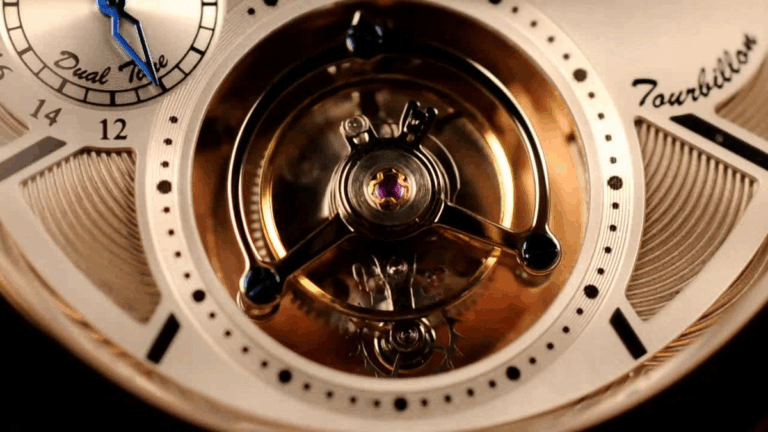
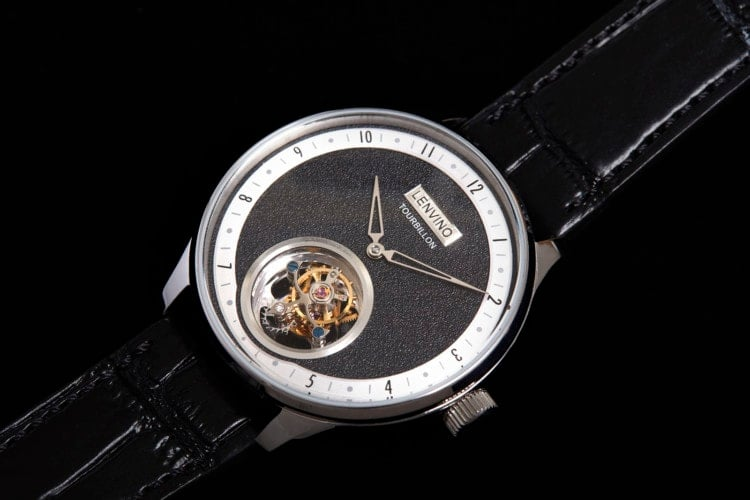

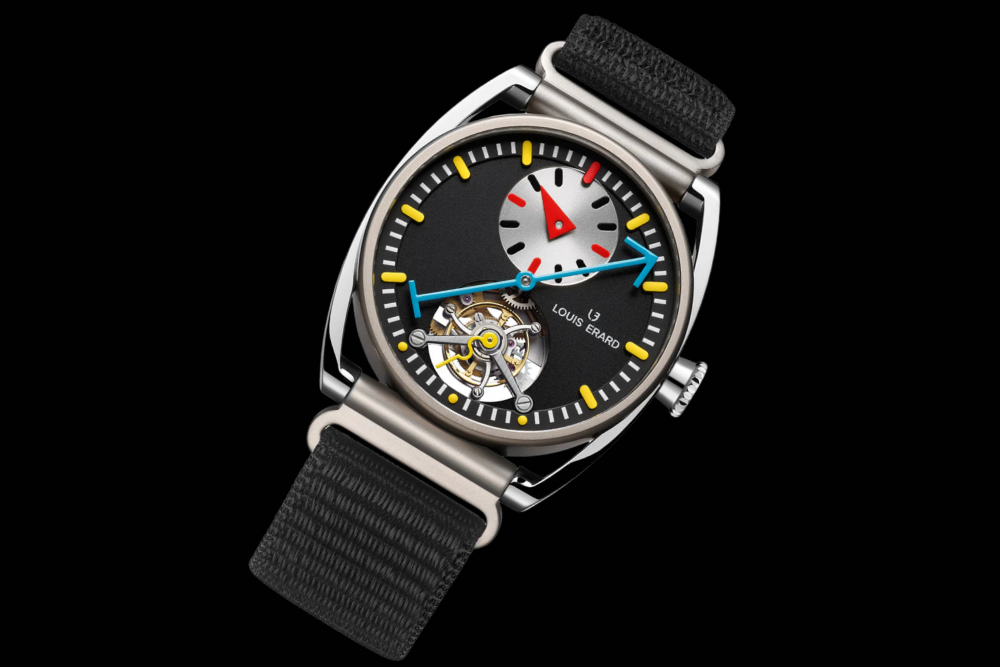



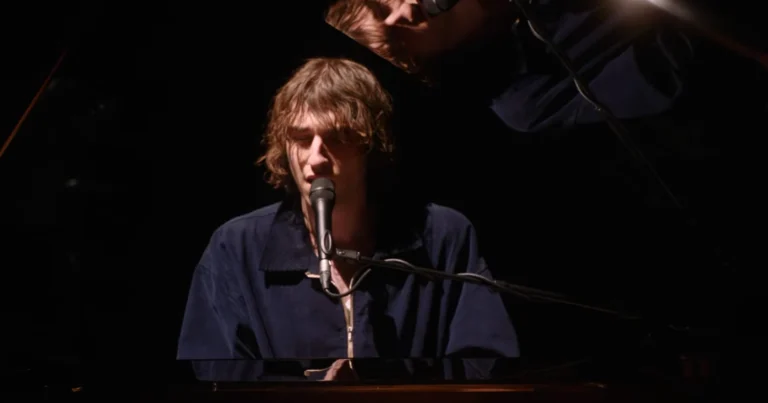



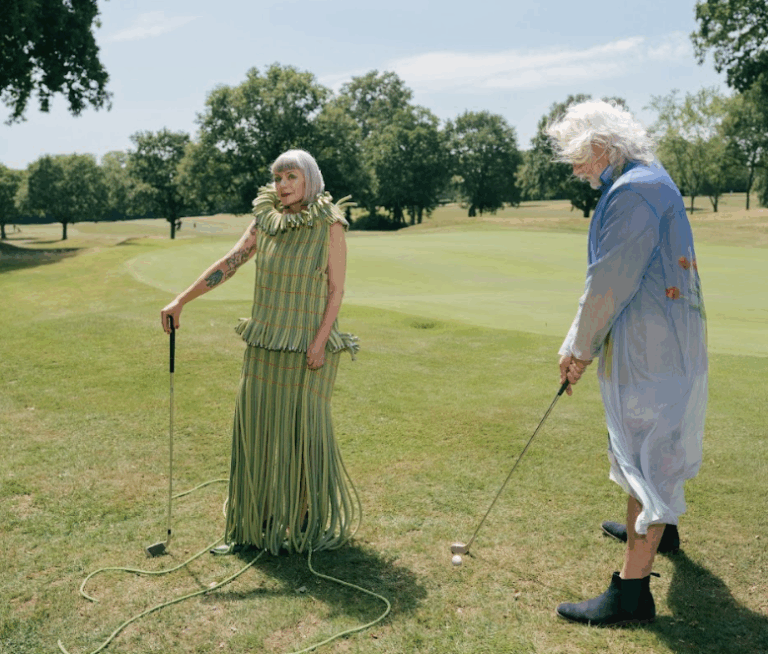
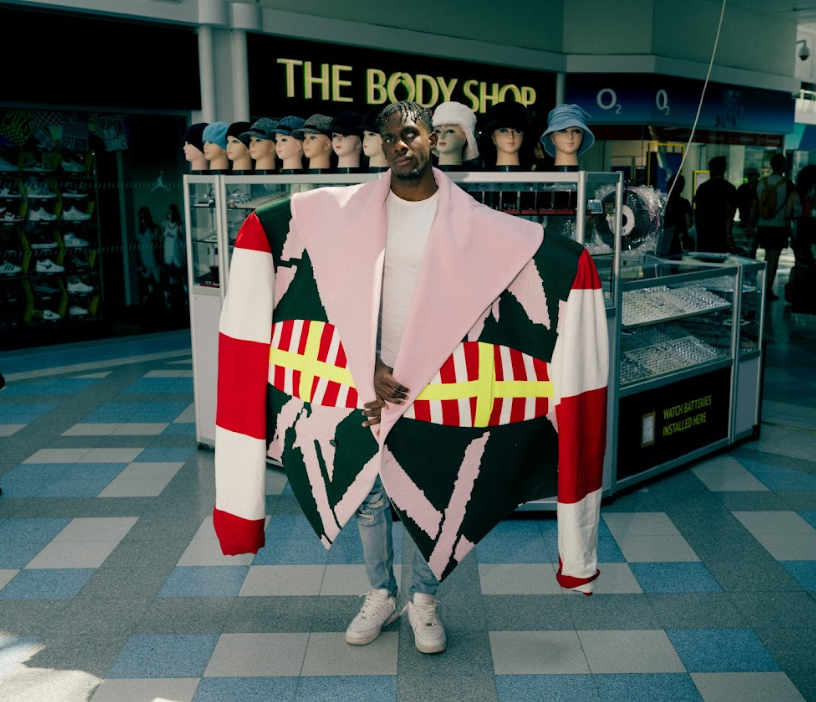
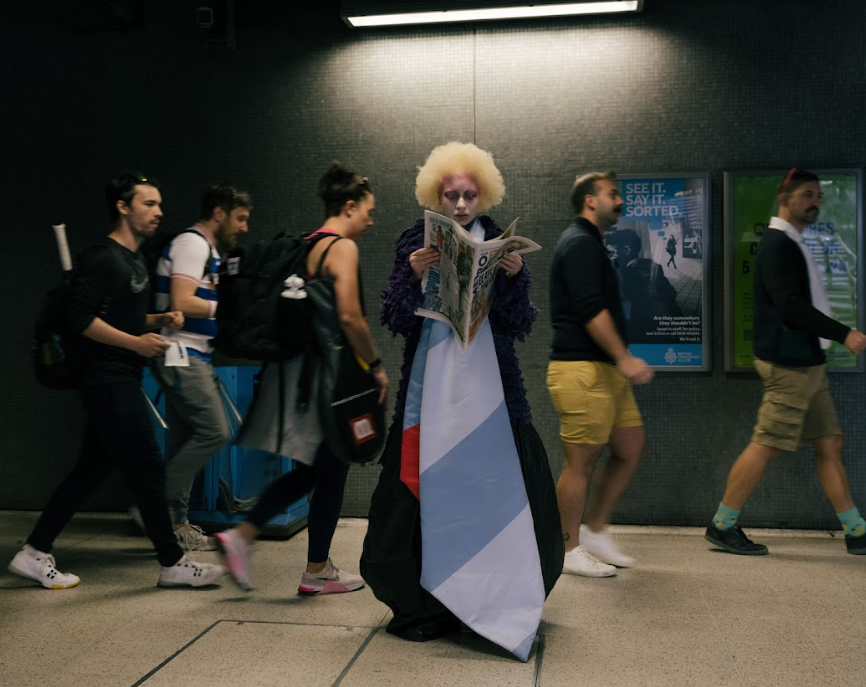
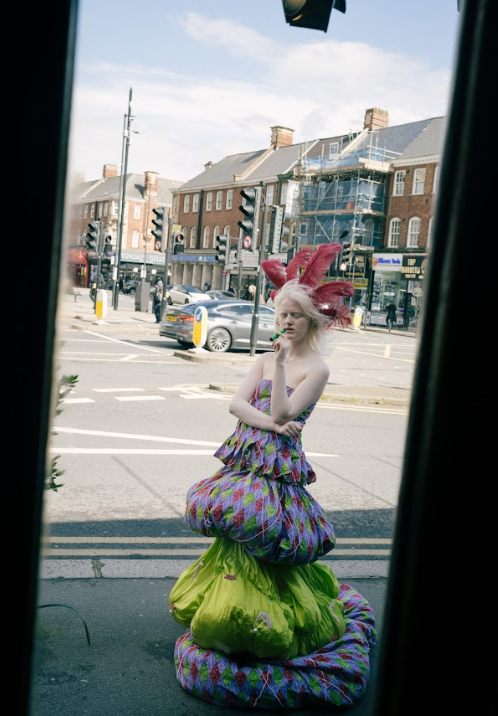


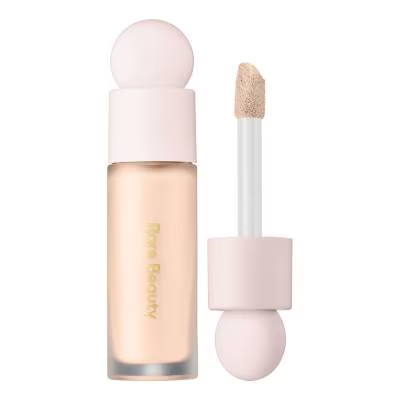 The Clean Girl Aesthetic is another way to reference the ‘No Makeup-Makeup Look’, where less is more! The idea is to encourage your natural, glowing skin to shine through your makeup, with the help of sheer, tinted moisturisers and lightweight concealers such as
The Clean Girl Aesthetic is another way to reference the ‘No Makeup-Makeup Look’, where less is more! The idea is to encourage your natural, glowing skin to shine through your makeup, with the help of sheer, tinted moisturisers and lightweight concealers such as  This viral trend not only features glowy skin, but also flushed cheeks, which can be achieved through a buildable cream blush such as the Rare Beauty Stay Vulnerable Melting Blush. A common misconception is that cream blushes can feel heavy, but this bestselling upgrade is weightless as well as highly pigmented which seamlessly applies for a ‘satin finish’ to enhance your natural beauty.
This viral trend not only features glowy skin, but also flushed cheeks, which can be achieved through a buildable cream blush such as the Rare Beauty Stay Vulnerable Melting Blush. A common misconception is that cream blushes can feel heavy, but this bestselling upgrade is weightless as well as highly pigmented which seamlessly applies for a ‘satin finish’ to enhance your natural beauty. When achieving a more natural makeup look, black mascara can look too harsh or contrasting with the rest of your soft makeup look; to avoid overpowering your delicate features, reach for a brown mascara instead. The
When achieving a more natural makeup look, black mascara can look too harsh or contrasting with the rest of your soft makeup look; to avoid overpowering your delicate features, reach for a brown mascara instead. The 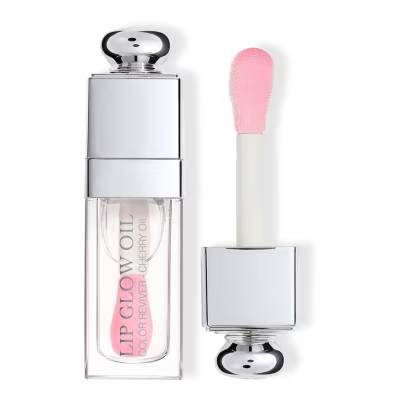 Opting for slightly tinted lip glosses and lip oils such as the
Opting for slightly tinted lip glosses and lip oils such as the 